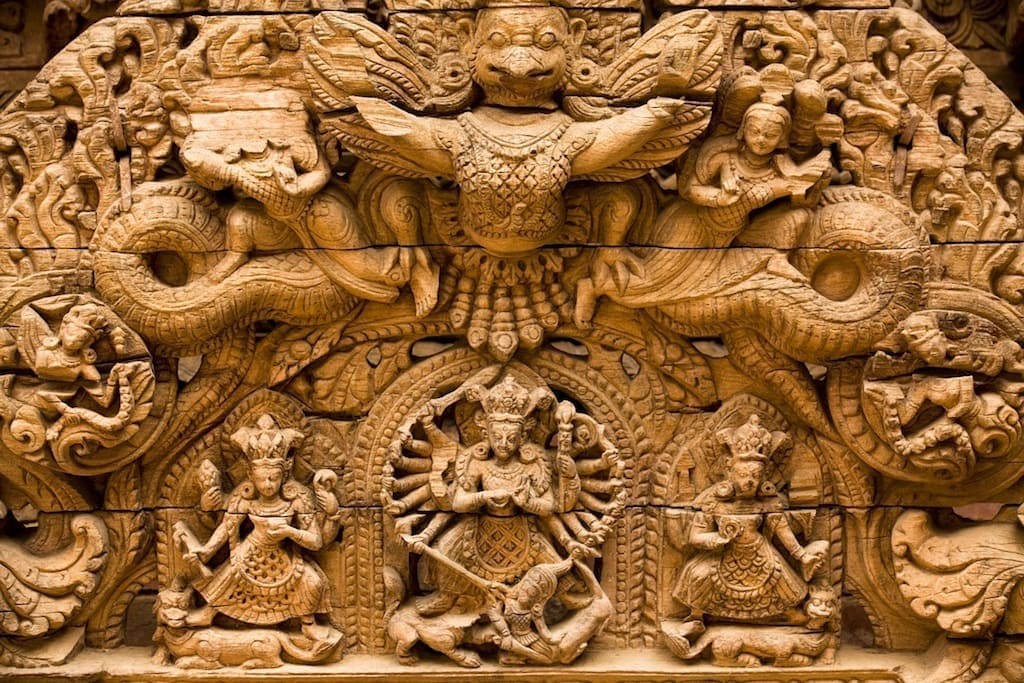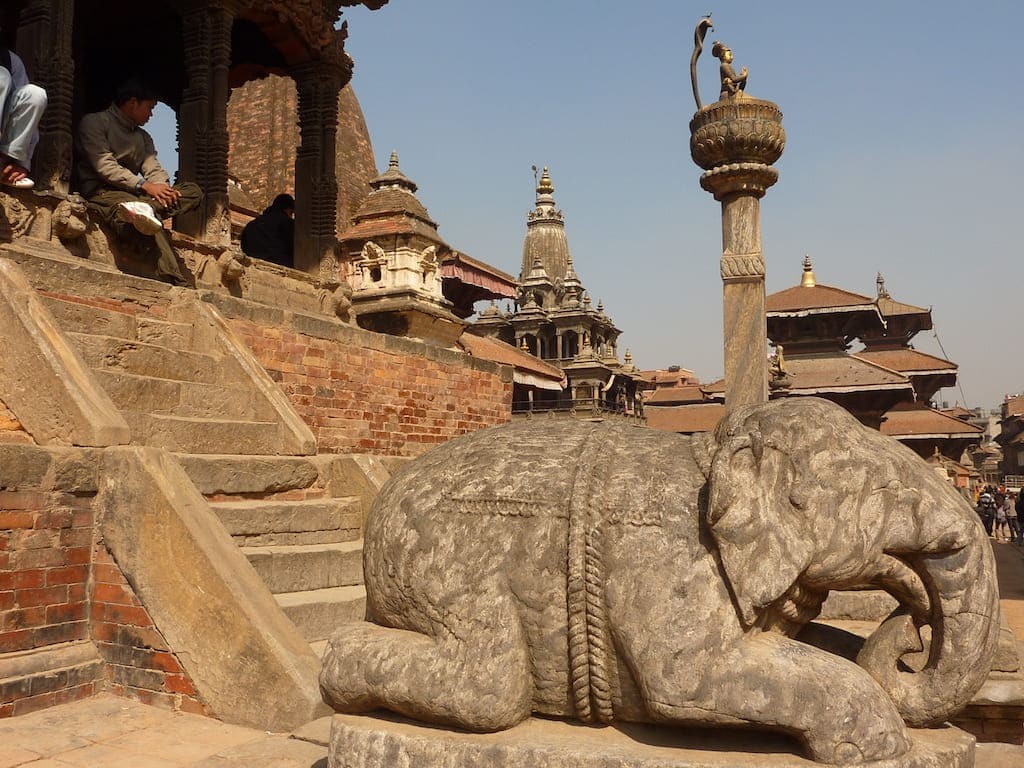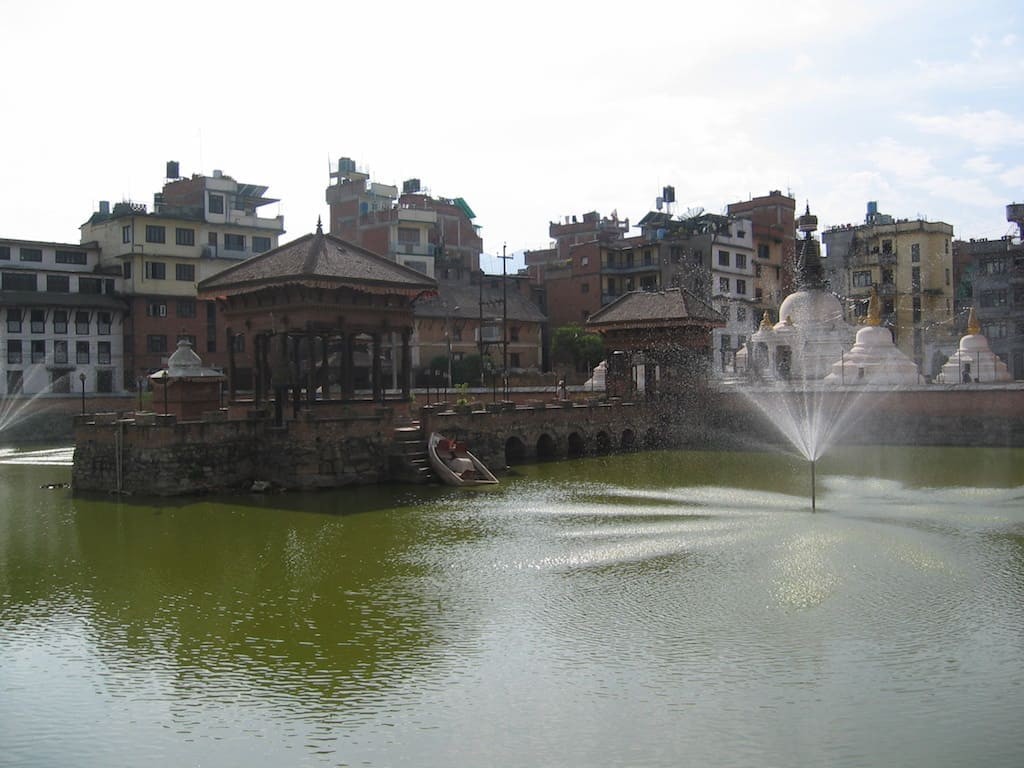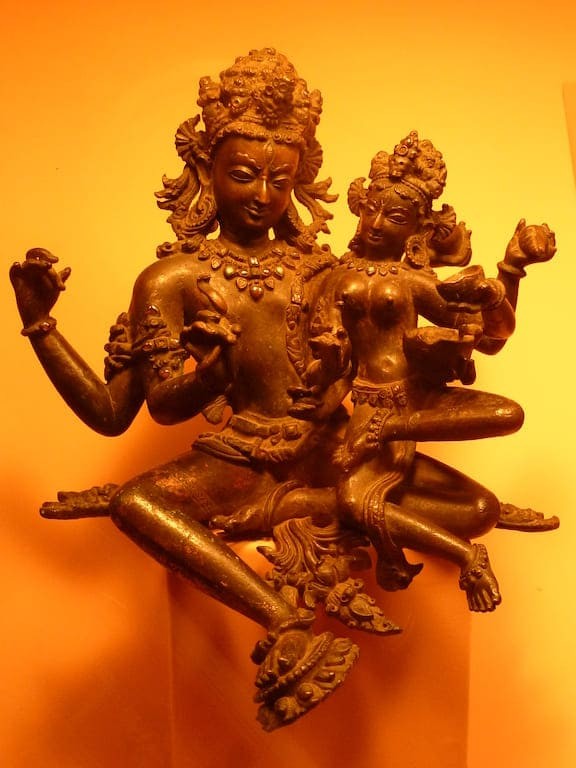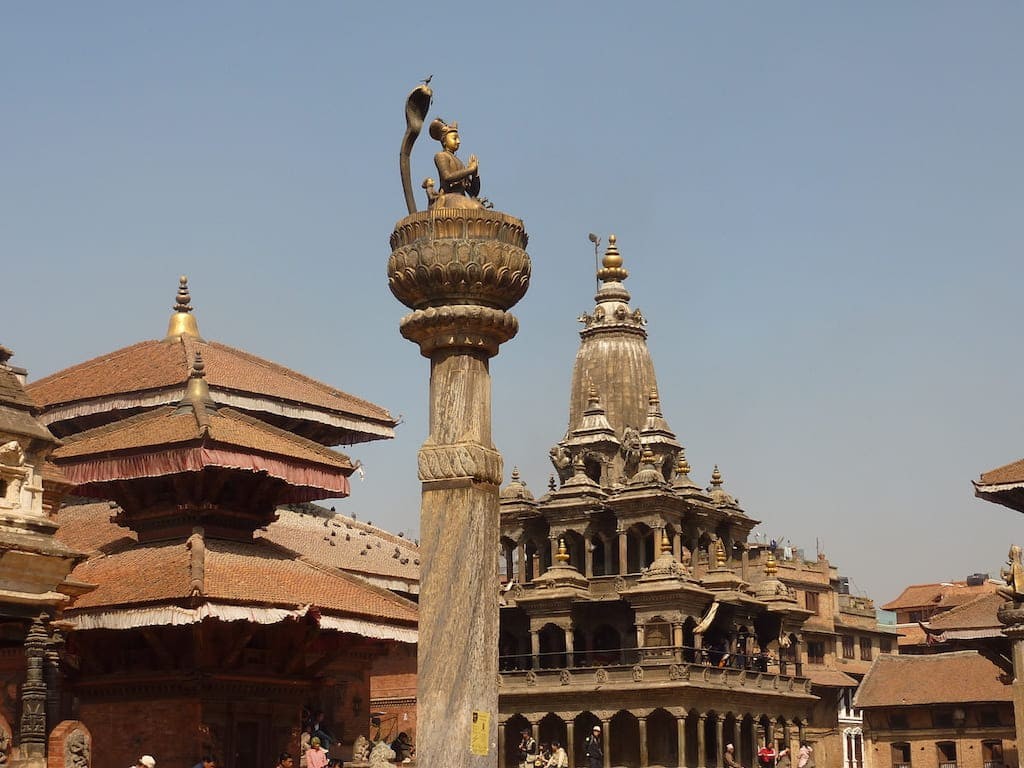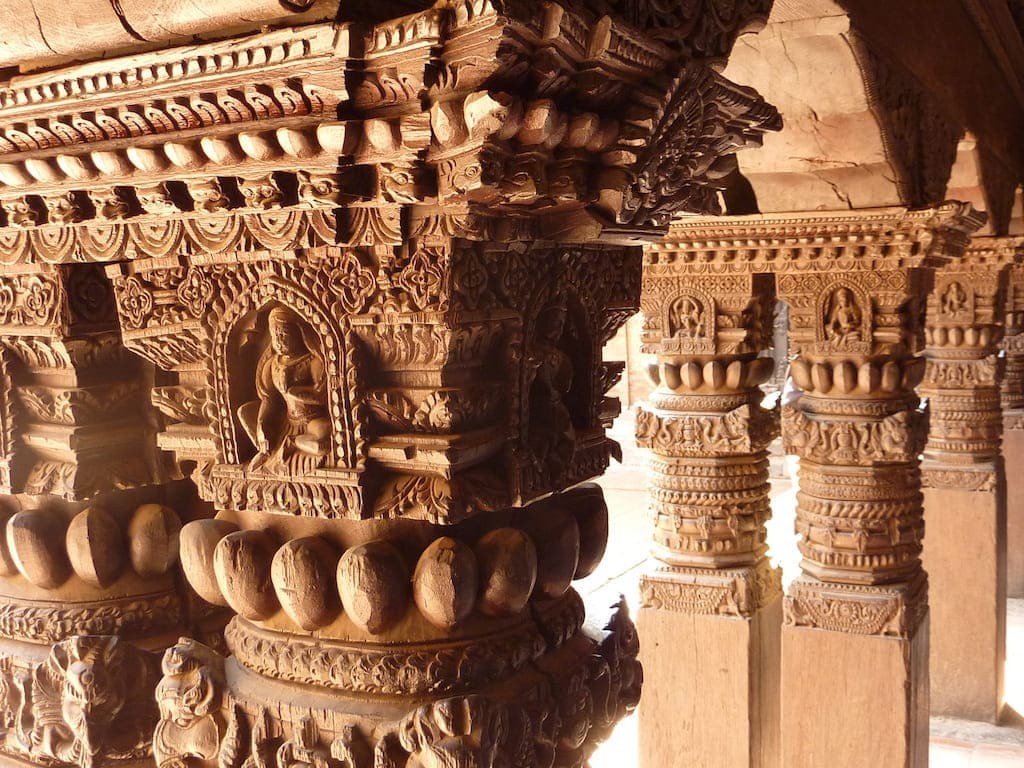You can contact us by e-mail or phone
from uk
01405 862917
outside uk
+44 1405 862917
01405 862917
+44 1405 862917
Patan
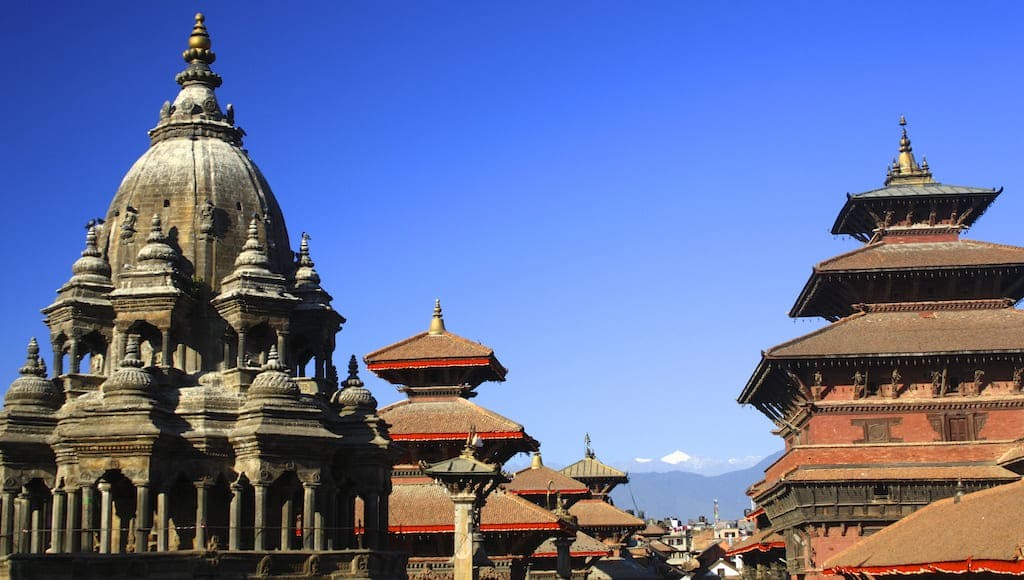
Patan
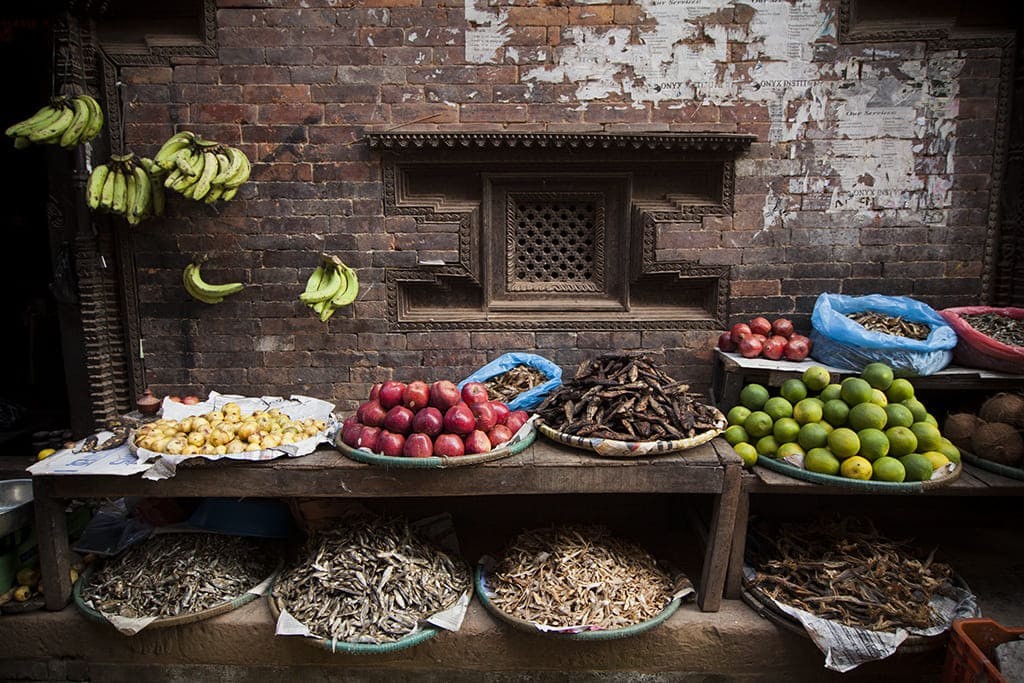
Patan is famous for its artisans, who produce excellent craftsmanship.
These days, it's hard to tell where Kathmandu ends and Patan begins. As the population in the Kathmandu Valley has increased dramatically over the last 20 years, Kathmandu and Patan seem to have merged. Technically, the divide between Kathmandu and Patan is the Bagmati River. It's surprising just how many people overlook Patan and don't bother visiting. It's the second-largest city in the valley, but it doesn't seem to be quite as frenetic as Kathmandu.
Certainly, the proximity of "next door" to Kathmandu means you don't really need to overnight in Patan. But Patan is certainly worthy of a visit for a day.
Patan's Durbar Square is without doubt among the finest displays of Newari architecture in Nepal. It's a concentrated area (in theory, pedestrianised too), and it's very easy to get around on foot. There are a mass of temples both pagoda and more typically Hindu styles, pleasant cafes and several Buddhist monasteries to discover.
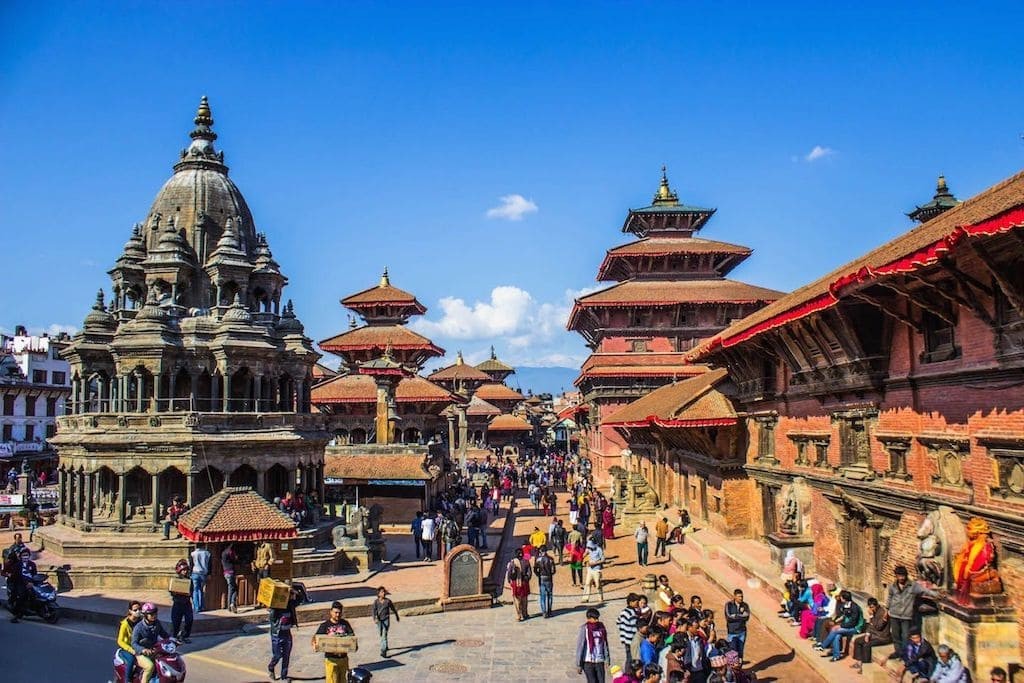
The Durbar Square boasts a Royal Palace, a stunning piece of Newari architecture, and the Taleju Bhawani Mandir, a three-roofed tower with eight sides, is particularly striking.
There are several exquisitely ornate temples within the Durbar Square too, including the 17th-century Hari Shanar Mandir and Krishna Mandir.
Highly recommended is a visit to the Patan Museum. We think it is the best museum in Nepal and houses a wonderful collection of both Buddhist and Hindu art.
In the northern part of Patan, there are several bahals to be discovered, for which Patan is renowned. These are two-story Newari Buddhist monasteries constructed around a courtyard. The most famous is the "Golden Temple", the Kwa Bahal.
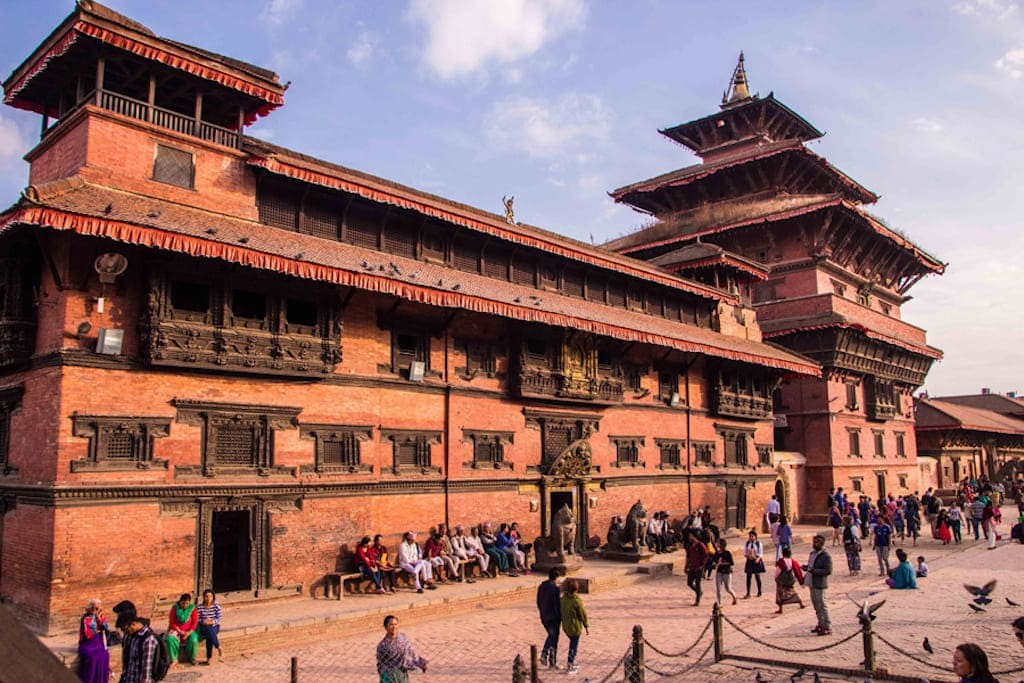
The oldest temple in Patan, the Kumbeshwar Mandir, dates back to the late 14th Century and features painstakingly hand-carved wooden doors and rare sculptures.
Of the four stupa's to be found in Patan, the Ashoka Stupa is the most impressive, with mysteriously painted eyes.
In the southern part of Patan, the Jawalkhel area contains a large Tibetan refugee population, and the Tibetan Handicraft Centre is a great place to observe traditional carpet weaving and rather atmospheric too.
Not too far away is the Mahabuddha, the "Temple of the Thousand Buddhas", featuring terracotta Buddha depictions.
The Thaina area is the place to go to see metal craftsmen at work.
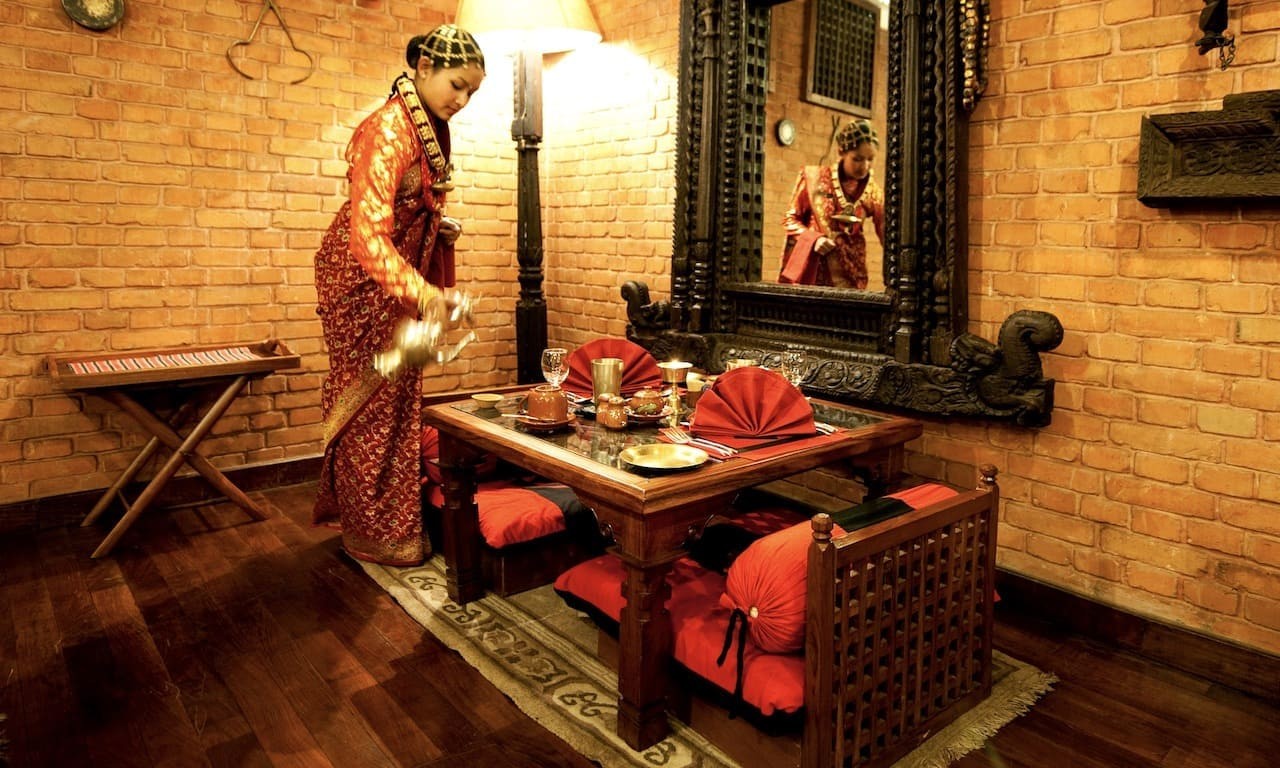
See our hand-picked Kathmandu Accommodation for suggestions as to where to stay.
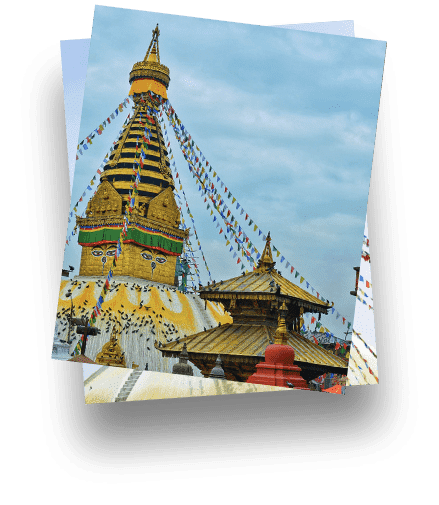
Read our Nepal Travel Guide

All rights reserved. Snow Cat Travel is a Registered Trade Mark UK 00003289264

